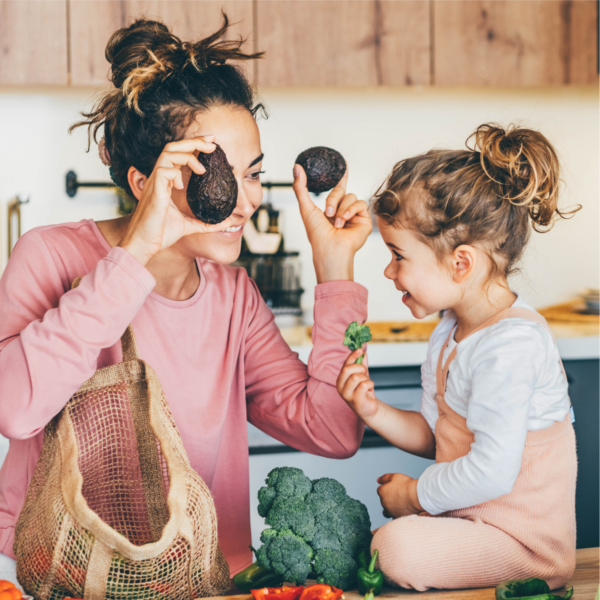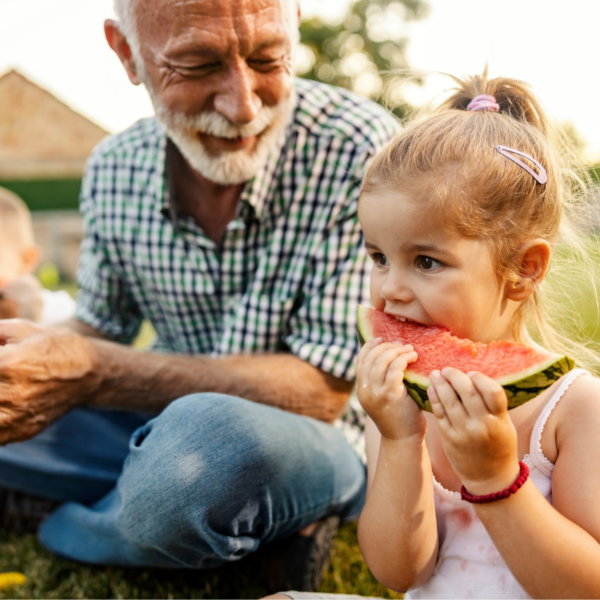Every year, 7.6 million tonnes of food is wasted across the Australian food system.
This waste costs the Australian economy over $36 billion a year and emits 17.5 million tonnes of CO2 equivalent greenhouse gases, which is around 3% of Australia’s national greenhouse gas emissions. (FIAL, 2021).
Any food that ends up in the bin instead of being eaten is food waste. Some food waste (like bones and peels) isn’t edible, but most food waste in Australia is actually edible (70%!), so the best place for it is on our plates, not in the bin.
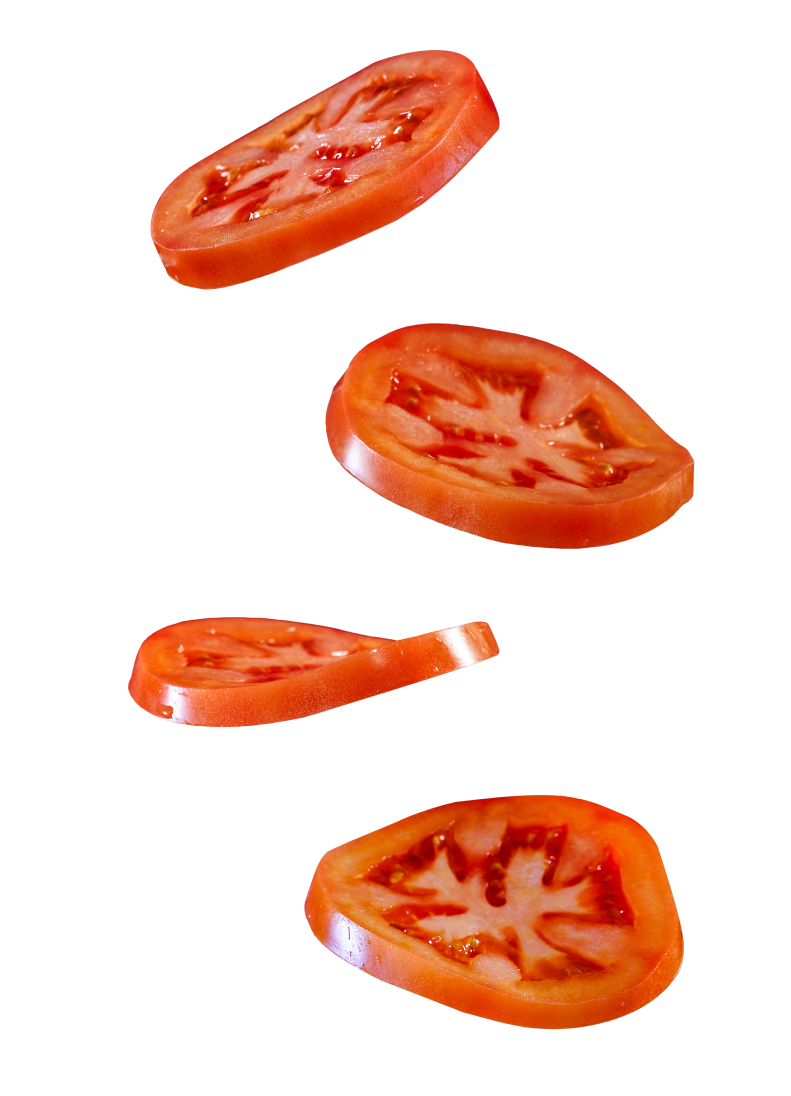
From farm to fork — food waste can happen at every step it takes to grow food and get it to your table. Businesses, government, community organisations and individuals like you all have an important role in turning food waste around.
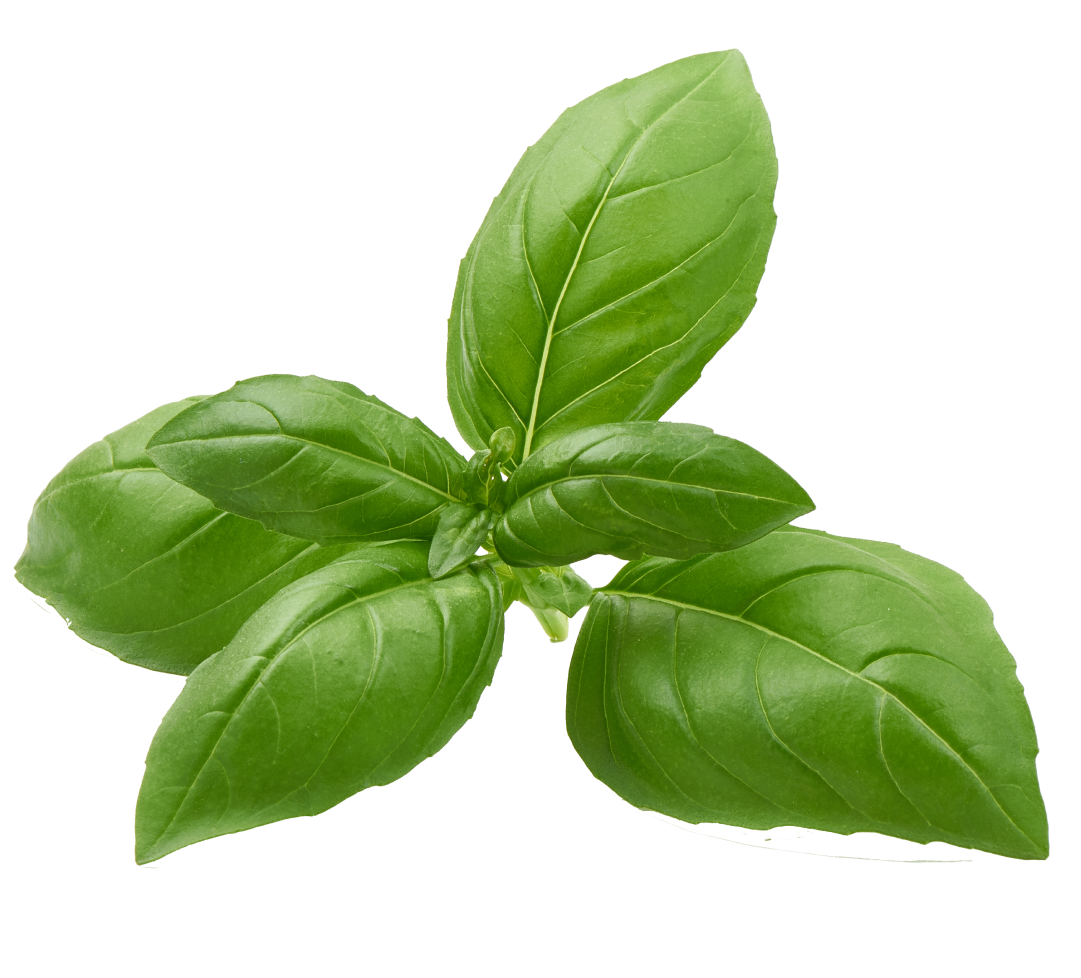
Some great steps are being taken by the people who grow, manufacture, transport, cook and sell our food to reduce Australia’s food waste footprint. To learn more about reducing food waste across the supply chain, check out the Australian Food Pact.
Surprisingly, more food waste in Australia comes from the home (32%) than in any other part of the supply chain – so we also need you to join us in our mission to reduce food waste.
Why does the food waste in homes matter?
Currently, Australian households throw out almost 2.5 million tonnes of food each year. Over half of the food wasted in homes is edible, or the equivalent of 7.7 million meals of perfectly good food every single day.
Of course, nobody sets out to waste food, but the reality is we all waste more than we think. Twice as much in fact. But by all of us making simple changes, turning food waste around isn’t an impossible challenge.

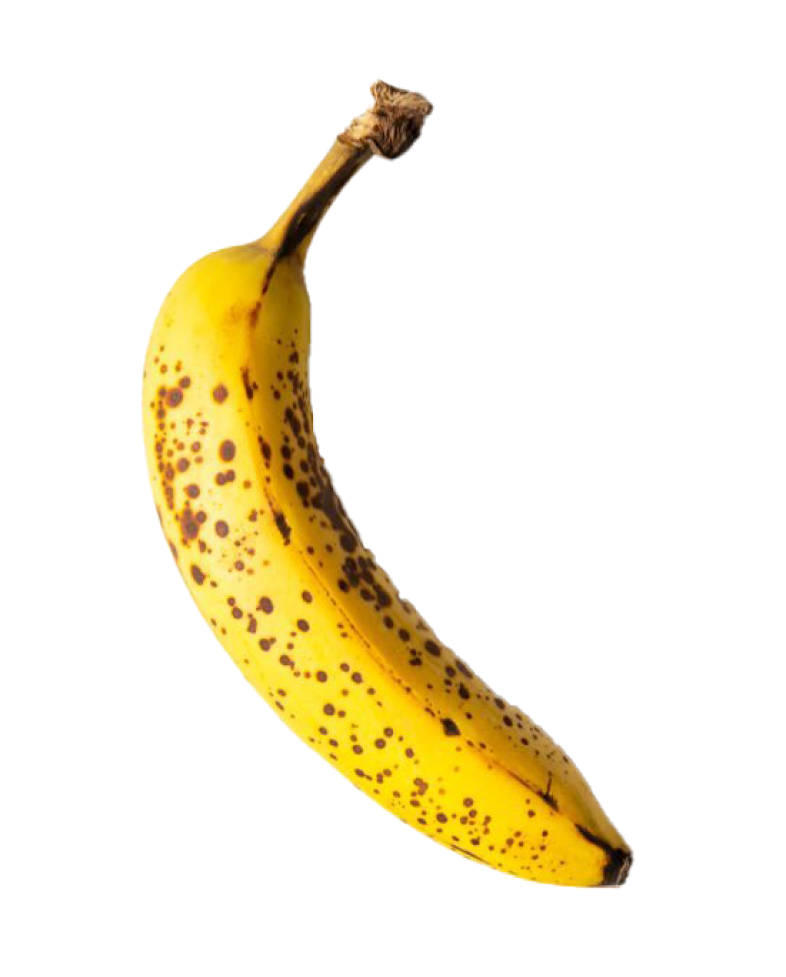
Eat the banana, compost the peel!
Some Australians compost at home, feed food to pets or have curbside organics collection, which is great! If you’re able to, these can be good ways for you to dispose of your inedible food waste (like peels or cores), but when we throw edible food in the bin it’s costing the planet and our pockets. Keeping edible food waste out of the bin altogether is the best way to reduce the impact of food waste.
What about plastic food packaging?
Avoiding unnecessary or excessive food packaging is another good way to unwaste, and we love seeing sustainable materials being used to pack food. It’s important to remember though, sometimes food packaging has been carefully designed to keep your food fresher for longer, or protect it during storage or transport. In Australia, the environmental impact of food waste is actually worse than food packaging.
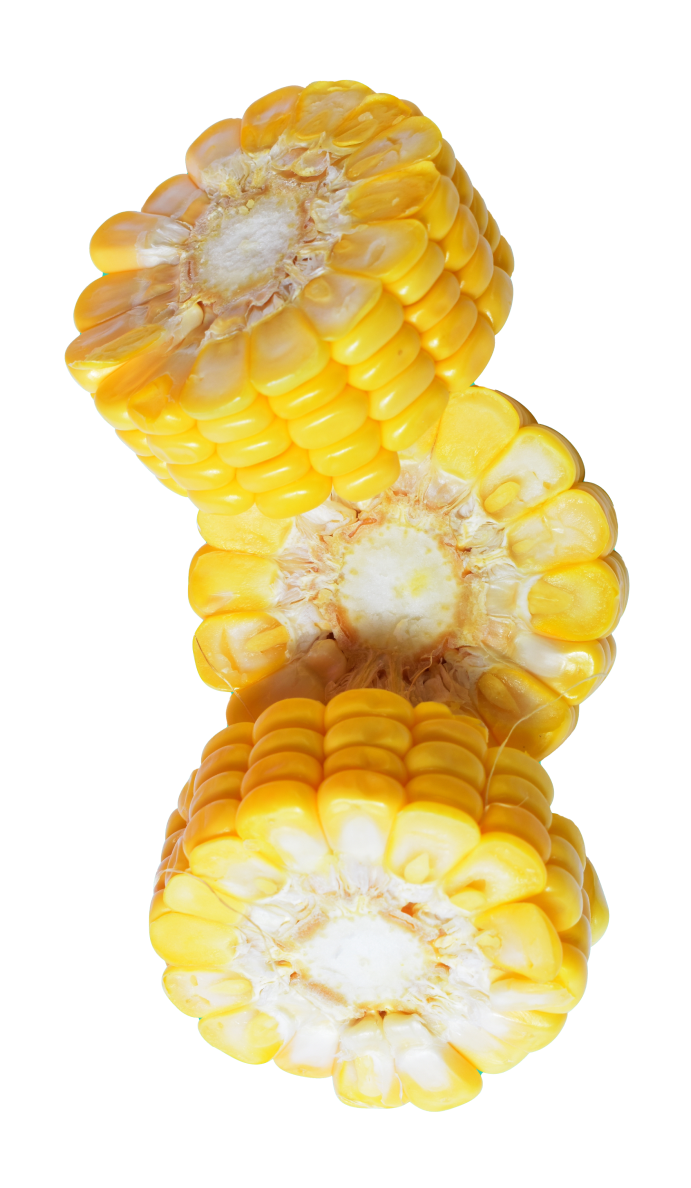
What's the impact?
When every household in Australia unknowingly wastes just a little bit here and there, it quickly adds up. So, let’s break down how household food waste impacts people, the planet, and our pockets.


What Can I Do?
The good news is that reducing your food waste is one of the easiest ways for you to make a big difference to the planet and your pocket! – start unwasting today!
Step 1
Join The Great Unwaste
By signing up to The Great Unwaste, and following us on our social channels, you’re helping grow the movement. Whether you’re just beginning your unwasting journey or are already a master unwaster, you’re just a few clicks away from learning new tips and tricks to unwaste at home.


Step 2
Start unwasting
By doing more of these seven easy ways to unwaste.
Step 3
Become a champion of The Great Unwaste
By sharing your unwaste journey with your friends, family and community, you’re helping show others that they can unwaste too.
We can’t reach a nation without you! By helping people around you to unwaste, you’re helping them save the planet and their pocket too.




